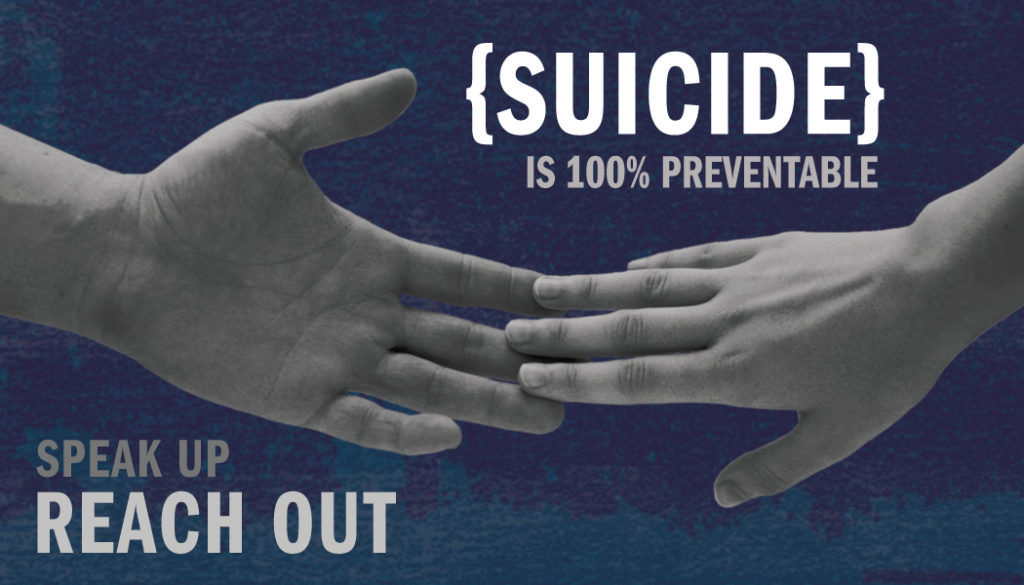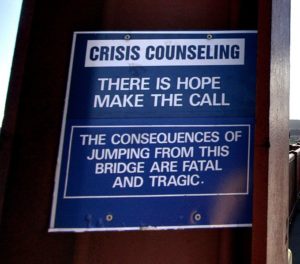I WAS 9 when my mother disappeared from my life. She was stricken with an array of postpartum health crises and, as is the case for many South Asian women, seeking treatment had always been a last resort.
Her most vulnerable period after I was born was preceded by trauma, loneliness, and ostracism by her closest loved ones. I, her second daughter and likely the catalyst for her death, will never know the truth of her condition. She stubbornly refused treatment and was so resistant to hospitalization that the doctors eventually released her, left with no alternatives.
The woman I remember was quirky but loving and highly overprotective of me. From my family’s narratives – my dad and sister – I’ve learned years after her passing that she became mean and spiteful and even violent.
She sought vengeance upon her family, on my father. I saw their struggle to coexist as a child, although I would not know about the violence and malice she directed at him and my sister for years. As a result of her behavior, she was shunned by us, our neighbors, her coworkers, and virtually anyone who had the displeasure of interacting with her. The bright, resolute young woman with sharp wit and a doctorate degree under her belt was lost when her pregnancy test turned out positive.
In retrospect, her behaviorisms – spitefulness, neuroticism, disregard for self-care, and a romanticization of suicide and martyrdom – were all symptomatic of bipolar disorder and some form of postpartum depression. Looking back on the peculiar ways she lived, standard practices for me as a child, I am struck by my own obliviousness to her daily struggles.
These past two years, I have struggled with depression and anxiety as well. My mother has strayed in my mind as a solemn reminder and, in a twisted sense, someone to follow. I’ve learned since that her parents, successful doctors in the former British-Indian province in Pakistan, Sindh, committed suicide together when she was a young girl.
She shifted from relative to relative and met my father as a young student at the Indian Institute of Technology. Her professors adored her and she gained notoriety around the campus for her activism and involvement with workers’ unions and anti-poverty campaigns. From time to time, she thought back to her mother; she idealized her life and death, painting her as a brave martyr who sacrificed her life for the sake of her daughter. This mentality was toxic and was compounded by hardships over the course of her life that were routinely overlooked.
The realities of living with my own mental illness were all-encompassing. Hopelessness and despair have consumed the aspects of daily life. Getting out of bed in the morning to grab a protein bar or a stale piece of toast could be a massive victory or another blow to my will to survive. There are these moments that occur more and more frequently as people struggle to cope with suicidal ideation – a feeling of detachment and abandonment like everyone in the world is swimming along while you are drowning.
Precautions were tossed in the trash with most of my meals and antidepressants. It became something of a paradox as every fiber of my body was struggling to keep me alive and breathing while I willed myself to fade out of existence. I began to intimately understand my mother in a way no one else ever had. She must have felt a crushing guilt for subjecting our family to misery but, still, she told herself that we would be better off without her. The same thought process carried into my mind – self-hatred, shame, anger, loneliness…
Such is the uncomfortable reality for many families in the South Asian diaspora. Neglect for mental health in South Asian youth has steadied but the
“Get over it!”, “Life is hard.”, and “Well, when I was your age…” still live on as common responses to young, South Asian children when they are emotionally distressed.
Hard work and total neglect of health, in the South Asian mindset, is the only medicine for mental duress. Forget Prozac, Lexapro, or Clonazepam. A strong work ethic is the only possible cure!
This mindset is effective discouragement for the utilization of mental health services and basic care. Treatment has become a last resort.
For those still living in the region of South Asia, the crushing weight of unchecked illnesses has made India and China the countries with the highest death toll of suicide in the world.
South Asians now settled in America are also subject to depressive disorders and other mental illnesses and are more likely to put off medical care until the last minute.

This is for a variety of reasons: Simultaneously fitting the toxic model minority mold while holding a higher suicide rate than the general population is a complicated reality. There’s humiliation involved as well. First-generation South Asians are weighed down by the constant reminder that their parents sacrificed so much for them to succeed, not be held back by feelings or emotions.
These stigmas are worsened by inter-cultural backlash to seeking medical help regularly. According to Dr. Nidhi Khosla of the University of Missouri, one of the main causes can be traced back to common medical practices in the South Asian region. Doctors tend to avoid asking about specific pain so patients usually avoid reporting it so as not to overburden the doctor or make themselves seem weaker. Many South Asians believe that there is simply no reason to go to the doctor except in the case of extremely severe pain.
This points to a general trend within communities of color. Healthcare is a staple of whiteness in America – one of the many privileges only they can afford. Emotional wellbeing has WHITE written all over it. People of color already are expected to fail by society so taking just one minute away from hard work is already too much.
According to the Asian and Pacific Islander American Health Forum (APIAHF), South Asian Americans were more likely to exhibit depressive symptoms. Another APIAHF report found that there was a higher rate of suicide among young South Asian American women than South Asian men, White women, and the general U.S. population. However, the report also said that South Asian Americans had the lowest rate of utilization of mental health services.
While our population in America has grown upwards of 70% in the last decade, the most recent population estimate being 3.4 million, making us one of the fastest growing ethnic groups in the country, these issues have still not received enough attention and are not being addressed. Being the most successful among communities of color – higher income, low poverty rates, the highest degree of college education – South Asians are banked on achievement so any obstacles in their path could mean categorical failure.
Failure can come from a lot of places in the community. South Asians are extremely diverse in terms of class, ranging from the big-money CEOs from Silicon Valley to Ivy League academics to poor cab drivers from Gujarat, in search of a better life. Mental illness can manifest and will manifest in all of these people’s lives and, as a community and a rising group in America, we need to address the suicide epidemic.
Personally, suicide has become something of a family inheritance – it seems to carry through multiple generations and take away people who mean the most to me. I don’t want to amount to a sad statistic, one among many South Asian women silenced by a stigmatized culture. The healthcare model in America, especially in South Asian communities, is in need of urgent transformation before more families are torn apart and more lives are lost.
(Editor’s Note: Because the author is a minor,17, we requested that she use a pseudonym for her byline.)
AsAmNews has Asian America in its heart. We’re an all-volunteer effort of dedicated staff and interns. Check out our Twitter feed and Facebook page for more content. Please consider interning, joining our staff or submitting a story.
–

